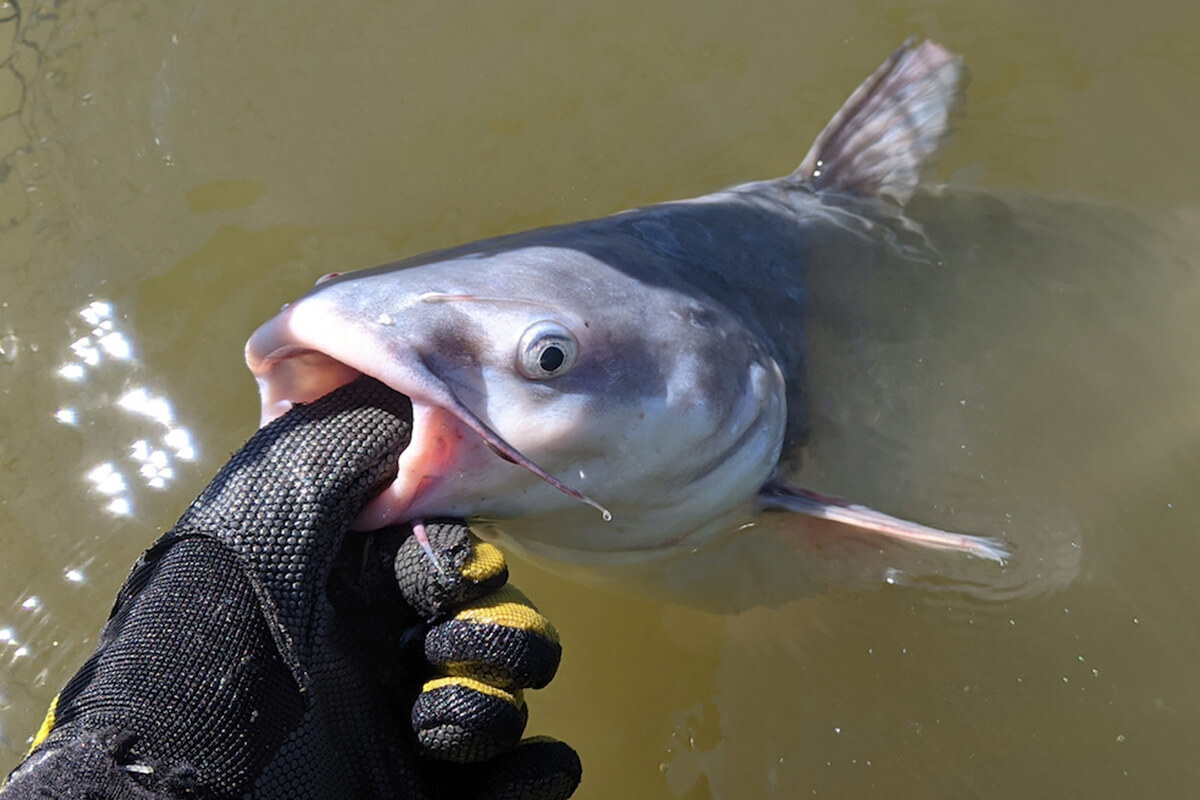Catfish are a popular target for anglers due to their size, strength, and the challenge they present. To maximize your chances of catching catfish, it’s essential to understand the ideal conditions that make them more active and likely to bite. This detailed guide covers the best times of the year, optimal water conditions, weather patterns, and ideal fishing locations for catfish fish.
Best Times of the Year to Catch Catfish
Spring
During spring, catfish begin their spawning season as water temperatures rise to around 70-80°F. This period is marked by increased activity as catfish move to shallow waters to build nests and reproduce. They can often be found near the shore or in areas with plenty of cover, such as submerged logs or vegetation. The warmer water temperatures boost their metabolism, making them more aggressive feeders, which presents a great opportunity for anglers.
Summer
Summer is considered one of the best seasons for catfishing. Catfish are very active during this time, feeding aggressively, especially during dawn and dusk when temperatures are cooler. Night fishing can be particularly productive in summer, as catfish tend to move to shallower waters to feed under the cover of darkness. However, during the hottest part of the day, catfish often retreat to deeper, cooler water to avoid the heat. Adjusting your fishing times to early morning, late evening, or night can yield the best results in summer.

Fall
In fall, catfish enter a post-spawn feeding frenzy, preparing for the colder months ahead. This season is characterized by cooling water temperatures, which keep catfish active. Mid-fall is particularly productive, as catfish are less selective about their food and feed heavily. This makes fall an excellent time for anglers to target catfish, especially in areas where they can find an abundance of food.
Winter
During winter, catfish become less active and move to deeper waters where temperatures are more stable. Their metabolism slows down, and they feed less frequently. However, they can still be caught by adjusting techniques to suit the colder conditions. Slowing down your bait presentation and focusing on deeper holes where catfish congregate can increase your chances of a successful catch during the winter months.
Optimal Water Conditions
Water Temperature
Water temperature plays a crucial role in catfish behavior. Channel catfish thrive in water temperatures between 75-85°F, while blue and flathead catfish prefer similar ranges but can tolerate slightly cooler temperatures. As temperatures rise, catfish activity increases, especially in the spring and summer. In colder water, their activity diminishes, requiring different strategies.
Water Clarity
Catfish rely heavily on their sense of smell and taste due to their relatively poor eyesight. In murky water, they are more likely to bite as visibility is reduced, making them rely more on their other senses. Clear water can make catfish more cautious and harder to catch. In clear water, using natural-looking baits and quiet approaches can be effective, while in murky water, strong-smelling baits are more effective in attracting catfish.

Water Depth
Catfish are found at various depths depending on the season. In summer and winter, they prefer deeper waters where temperatures are more stable. In spring and fall, they move to shallower areas to spawn and feed. Understanding these seasonal depth preferences helps in locating catfish more efficiently. Targeting deep holes, channels, and ledges can be productive, especially during the hotter and colder months.
Weather Patterns and Their Impact
Barometric Pressure: Catfish are sensitive to changes in barometric pressure. A falling barometer often signals improved feeding conditions as it indicates an approaching weather system. Fishing before a storm when the pressure drops can be particularly productive as catfish become more active and feed aggressively. Conversely, rising pressure can make catfish less active.
Cloud Cover: Overcast days often result in increased catfish activity. Reduced light levels make catfish feel safer to venture into shallower waters to feed. Fishing is often better on cloudy days compared to bright, sunny conditions. Cloud cover can extend the feeding periods into the daytime, making it easier to catch catfish.

Rain and Storms: Light rain can increase catfish activity by oxygenating the water and washing food into the water, attracting catfish. Storm runoff can bring an influx of food into the water, making areas where runoff enters prime spots for catfishing. After heavy rains, catfish often move to these areas to take advantage of the increased food availability.

Robert Smith is the proud owner of Bait Barrels and Bows, a premier fishing sports store established in 1989. With over three decades of experience in the industry, Robert has honed his skills to become an expert angler, sharing his vast knowledge and passion for fishing with enthusiasts around the world. Through his store and writings, Robert provides invaluable tips and guidance, helping both novice and seasoned anglers improve their techniques and enjoy the sport to its fullest. His commitment to the fishing community is evident in his dedication to quality products and excellent customer service.

